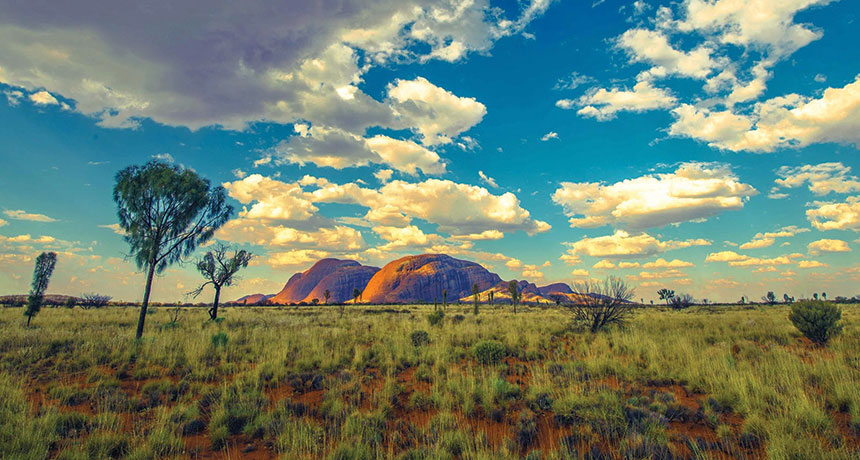
UP IN THE AIR Semiarid regions, like this area in Central Australia, may be responsible for the wild variations in the amount of CO2 left free in the atmosphere to warm the planet.
Luciana Porfirio

UP IN THE AIR Semiarid regions, like this area in Central Australia, may be responsible for the wild variations in the amount of CO2 left free in the atmosphere to warm the planet.
Luciana Porfirio